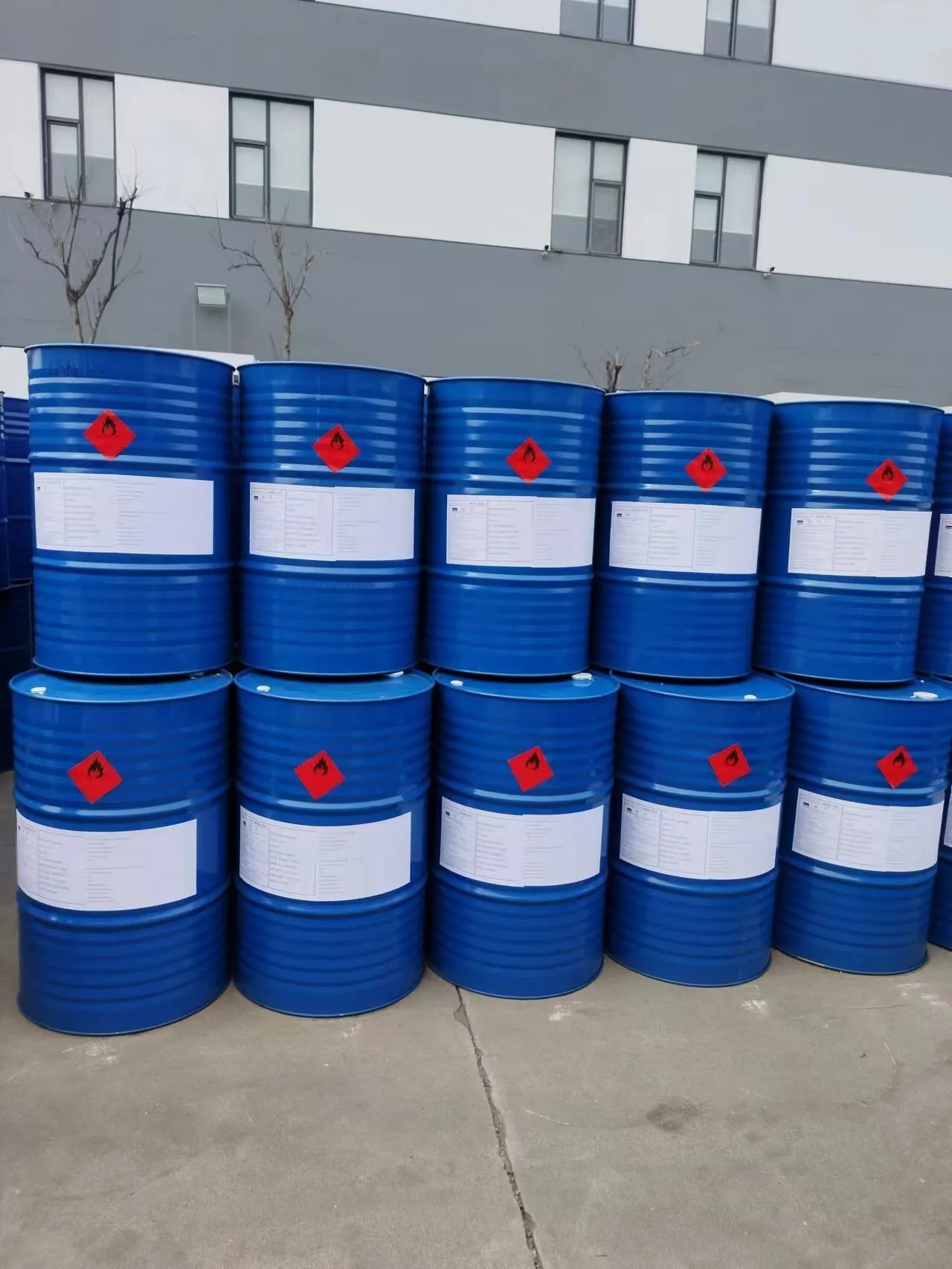
Understanding the Composition of Aspartame and Its Ingredients
Aspartame What Is It Made Of?
Aspartame is one of the most widely used artificial sweeteners in the world, recognized for its ability to provide sweetness without the calories associated with sugar. It is particularly popular in diet sodas, sugar-free products, and various low-calorie foods. But what exactly is aspartame made of, and how does it achieve its sweet flavor?
Aspartame What Is It Made Of?
When aspartame is synthesized, aspartic acid and phenylalanine are combined through a process called peptide bonding. This reaction involves the linking of the amino acids in a specific sequence, followed by the esterification process in which the methyl ester group is added. The resulting compound is approximately 200 times sweeter than sucrose (table sugar), making it an efficient sweetener that can provide significant sweetness without adding substantial calories.
aspartame what is it made of

Aspartame's sweetness profile is a major reason for its widespread use. It has a taste profile very similar to that of sugar, lacking the bitter aftertaste often associated with other artificial sweeteners. This characteristic has made it a favored choice among manufacturers looking to create palatable products for consumers who are health-conscious or those managing conditions like diabetes.
However, aspartame is not without controversy. Some individuals have raised concerns regarding its safety, particularly for people with a genetic disorder known as phenylketonuria (PKU). Those who have PKU cannot metabolize phenylalanine effectively, leading to potentially dangerous levels of this amino acid in the body. As a result, products containing aspartame are required to carry a warning label for those with PKU.
Despite the concerns, numerous health authorities, including the U.S. Food and Drug Administration (FDA) and the European Food Safety Authority (EFSA), have evaluated aspartame and deemed it safe for consumption within established acceptable daily intake limits. These organizations consider the extensive body of research available, which has shown that aspartame does not pose a significant risk to the general population.
In conclusion, aspartame is made up of two amino acids, aspartic acid and phenylalanine, linked together to form a sweet compound that can be significantly sweeter than sugar. Its unique sweetening properties and low-calorie content make it a popular choice for those seeking to reduce sugar intake. As with any food additive, consumer education and understanding of individual health conditions are vital. By being informed, individuals can make choices that align with their dietary needs and preferences.
-
The Safety Challenges of Ammonium Nitrate FertilizerNewsJun.26,2025
-
The Critical Role of Mining ChemicalsNewsJun.26,2025
-
Shelf Life of Glacial Acetic Acid Food GradeNewsJun.26,2025
-
Enhancing PVC Longevity with 1,2,3-Benzotriazole InnovationsNewsJun.26,2025
-
China’s Dominance in Food Additive ProductionNewsJun.26,2025
-
Can Aluminum Hydroxide Replace More Toxic Alternatives?NewsJun.26,2025
-
PE and PP Plastics with Benzotriazole AdditivesNewsJun.12,2025
Hebei Tenger Chemical Technology Co., Ltd. focuses on the chemical industry and is committed to the export service of chemical raw materials.
-

view more DiethanolisopropanolamineIn the ever-growing field of chemical solutions, diethanolisopropanolamine (DEIPA) stands out as a versatile and important compound. Due to its unique chemical structure and properties, DEIPA is of interest to various industries including construction, personal care, and agriculture. -

view more TriisopropanolamineTriisopropanolamine (TIPA) alkanol amine substance, is a kind of alcohol amine compound with amino and alcohol hydroxyl, and because of its molecules contains both amino and hydroxyl. -

view more Tetramethyl Thiuram DisulfideTetramethyl thiuram disulfide, also known as TMTD, is a white to light-yellow powder with a distinct sulfur-like odor. It is soluble in organic solvents such as benzene, acetone, and ethyl acetate, making it highly versatile for use in different formulations. TMTD is known for its excellent vulcanization acceleration properties, which makes it a key ingredient in the production of rubber products. Additionally, it acts as an effective fungicide and bactericide, making it valuable in agricultural applications. Its high purity and stability ensure consistent performance, making it a preferred choice for manufacturers across various industries.











